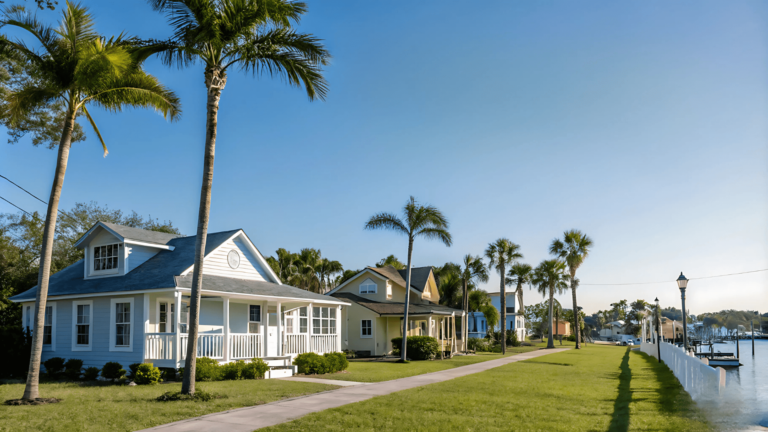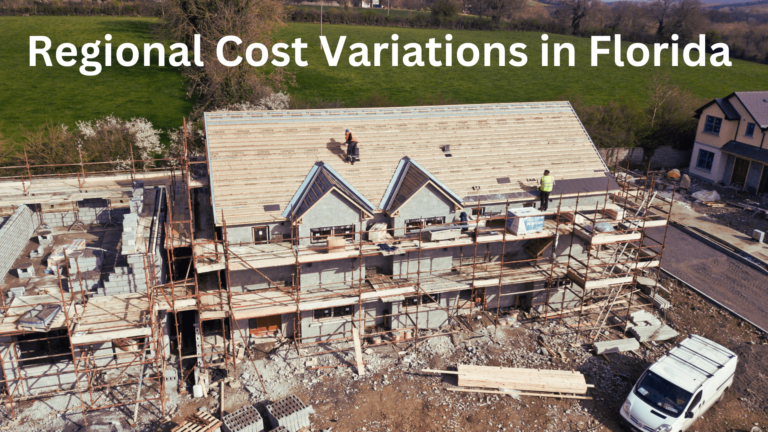California real estate offers diverse investment opportunities, balancing high-risk, high-reward areas with stable, low-risk zones. High-risk zones, potentially including areas experiencing real estate shifts in wildfire-prone areas, offer rapid appreciation but increased volatility and disaster risk. Low-risk zones provide steady growth and lower maintenance. Understanding these market nuances is crucial for informed investment decisions.
In this blog, we’ll explore the shifting dynamics of California’s real estate market, comparing the potential rewards and risks of investing in high-risk versus low-risk zones. From analyzing natural disaster vulnerabilities to evaluating long-term appreciation trends, this guide will help you understand California’s complex real estate landscape with confidence.
Table of Contents
ToggleHigh-Risk vs. Low-Risk Zones: Key Differences
High-Risk Zones: These areas are often located in emerging markets, disaster-prone regions, or neighborhoods undergoing rapid gentrification. They carry higher potential for returns but also come with greater uncertainty. Using tools like Local House MLS Search and platforms such as reAlpha can help you identify properties in these zones while keeping your investment goals aligned.
Low-Risk Zones: These are stable neighborhoods with consistent demand, minimal environmental risks, and established infrastructure. While returns might be slower, they offer predictable growth. For those interested in commission-free real estate, focusing on such areas is a safe way to build equity over time.
Key Factors to Consider
- Market Volatility: High-risk zones fluctuate more significantly.
- Economic Stability: Low-risk zones benefit from steady local economies.
- Disaster Exposure: High-risk zones may include earthquake-prone or wildfire areas.
Benefits and Drawbacks of Investing in High-Risk Zones
Investing in high-risk zones offers potential for higher returns but comes with significant challenges, including increased risk and costs. Leveraging Buy & Sell with reAlpha gives investors the edge in navigating such areas.
Benefits
- Higher ROI Potential: Rapidly appreciating property values.
- Lower Initial Costs: Properties are often more affordable.
- Opportunity for Growth: Investment in gentrifying areas can yield significant gains.
Drawbacks
- Volatility: Prices can drop as quickly as they rise.
- Insurance Costs: Higher premiums in disaster-prone areas.
- Uncertainty: Market changes may not favor long-term gains.
Investment Strategies for Different Risk Zones
Understanding risk is paramount to successful investing. Platforms like reAlpha simplify property searches and analysis through technology, enabling investors to make smarter decisions.
High-Risk Zone Strategy
- Focus on premium locations with strong rental demand.
- Maintain higher cash reserves (recommended 6-8 months of expenses).
- Consider short-term rental opportunities in tourist-heavy areas.
- Implement robust insurance coverage and risk mitigation plans.
Low-Risk Zone Strategy
- Target long-term appreciation and steady cash flow.
- Focus on family-friendly neighborhoods with good schools.
- Maintain standard cash reserves (3-4 months of expenses).
- Look for value-add opportunities through property improvements.
Advantages of Low-Risk Zones
For investors interested in commission-free real estate, low-risk zones are a compelling choice.
Advantages include:
- Stability: Consistent demand, gradual appreciation, and resistance to market downturns.
- Lower Risk: Reduced chance of loss due to established infrastructure and lower volatility.
- Easier Financing: Lenders offer better terms due to perceived lower risk.
- Stronger Rental Market: Attracts stable, long-term tenants.
- Long-Term Focus: Ideal for building equity and retirement planning.
Comparative Analysis: Data and Examples
To illustrate the differences, let’s compare two California cities:
- High-Risk Zone: Oakland’s gentrifying neighborhoods. Properties purchased at $500,000 in 2018 now average $750,000 (50% increase in 5 years). However, fluctuating demand makes future growth uncertain. Using Local House MLS Search, you can find similar high-potential properties.
- Low-Risk Zone: Palo Alto. Properties purchased at $1.5 million in 2018 now average $2 million (33% increase in 5 years). The stability of Silicon Valley’s economy ensures consistent growth. Platforms like reAlpha make it easy to identify such stable opportunities.
Tools for Informed Decisions
Interactive Tools:
- ROI Calculators: Input purchase price, expected appreciation, and rental income.
- Disaster Risk Maps: FEMA’s flood zone maps and California wildfire risk maps.
Helpful Links:
- California wildfires real estate impact
Practical Tips for Real Estate Investments
Whether you’re working with a traditional agent or exploring commission-free real estate options, these tips can improve your chances of success:
- Research Local Markets: Understand historical trends and current demand.
- Diversify Investments: Spread risk across multiple properties or regions.
- Work with Professionals: Collaborate with real estate agents and financial advisors.
- Stay Informed: Monitor local policies, disaster risks, and economic changes.
- Leverage Technology: Use platforms like reAlpha to analyze potential investments and save on fees through Buy & Sell with reAlpha.
Conclusion
California’s real estate market is as diverse as its geography. Whether you’re drawn to the high-risk, high-reward potential of emerging areas or the stability of low-risk zones, success lies in informed decision-making.
Ready to explore your options? Start with our ROI calculator, browse listings via Local House MLS Search, or Buy & Sell with reAlpha for personalized insights.


